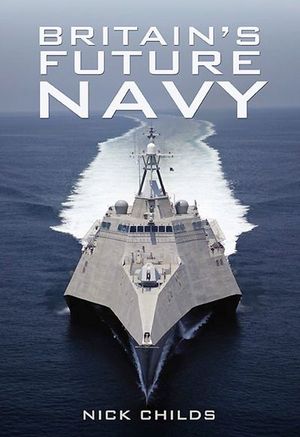Britain's Future Navy
Published by Pen & Sword Books
What kind of Royal Navy does Britain need now? The 21st century promises to be one of huge uncertainties and challenges for the senior service. Does Britain have the right naval strategy to cope with emerging threats (does it have a naval strategy at all, and should it?) and, if so, does the Navy have the right ships and enough of them to implement it? Given the time taken to introduce changes and develop new systems, policy makers, naval chiefs, and designers are confronted with 50-year decisions. But future choices are likely to be clouded by economic uncertainties produced by the current crisis, which could have implications for decades. Nick Childs looks at the changing strategic environment (including ever greater maritime trade and the growth of other navies such as China, India, South Korea, revolutions in North Africa and the Middle East). He asks what Britain's role in the world could or should be—is she still interventionist? (Libya says 'yes'). If so, should our forces be designed purely to work with US, UN or Western European forces? What are the options for a naval strategy? The author then considers what kind of navy would be needed to support such options. What kind of ships are needed and how many? What of aircraft carriers and the nuclear option? What are the technological developments affecting current and future warship design projects? Is the new Type 45 destroyer what is needed and worth the cost? Given the depths to which the RN has shrunk in terms of numbers, public profile, and strength relative to its peers, this probably is a critical period in terms of determining the RNs future.
BUY NOW FROM
COMMUNITY REVIEWS

